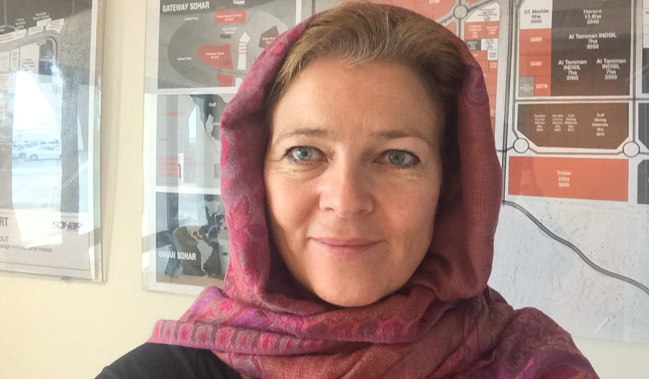• SOHAR participates at inaugural Iranian Iron and Steel Conference
• More than 350 international and regional delegates meet on Kish Island
• Metals cluster in SOHAR continues to expand and open more opportunities

The demand for steel will grow to as much as two billion metric tons a year by 2025. Since the turn of the decade, infrastructure and construction projects linked to urbanization in India, the Middle East, China and elsewhere, has accounted for more than 35 percent of global steel demand and for more than half its growth.
Fitting then, that as relations between Iran and the west continue to improve, more than 350 international delegates from companies both inside and outside Iran are meeting on Kish Island this week at the first Iranian Iron and Steel conference, discussing opportunities to integrate the nation’s huge iron and steel industry into growing global markets.
“As a link-pin in the regional steel industry, SOHAR Port and Freezone has a location second to none,” says SOHAR Freezone CEO Jamal Aziz, and continues: “Optimally placed between the markets of east and west, in an area of the world where demand for steel continues to grow, with our low utility prices and attractive incentive packages, we offer an ideal environment for steel manufacturers and steel fabrication industries.”
Which is perhaps why so many leading companies in the steel industry have already established themselves in SOHAR. These include Vale from Brazil; Inco from Turkey; Sohar Steel from Oman; and Jindal, Dunes, Cabrol, Metkore, and Indsil - all originally from India.
Jacoba Bolderheij, Commercial Manager at SOHAR agrees; the Dutch ex-diplomat charged with marketing the Freezone in SOHAR was one of very few female speakers at this week’s Kish Island conference and soon earned herself a nickname as the region’s ‘Iron Lady’: “We believe SOHAR will play a critical role for the Iranian steel industry; not only as an optimal entry and exit point to the broader region, but also thanks to our long-standing good relations with Iran, our excellent infrastructure and logistics, we are ideally positioned as a regional base for continued investment in the sector, from materials processing right the way to finished steel products.”